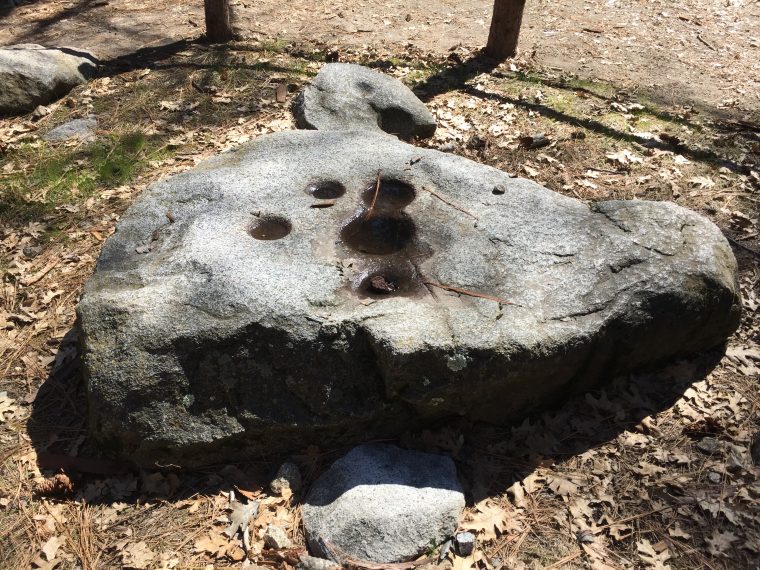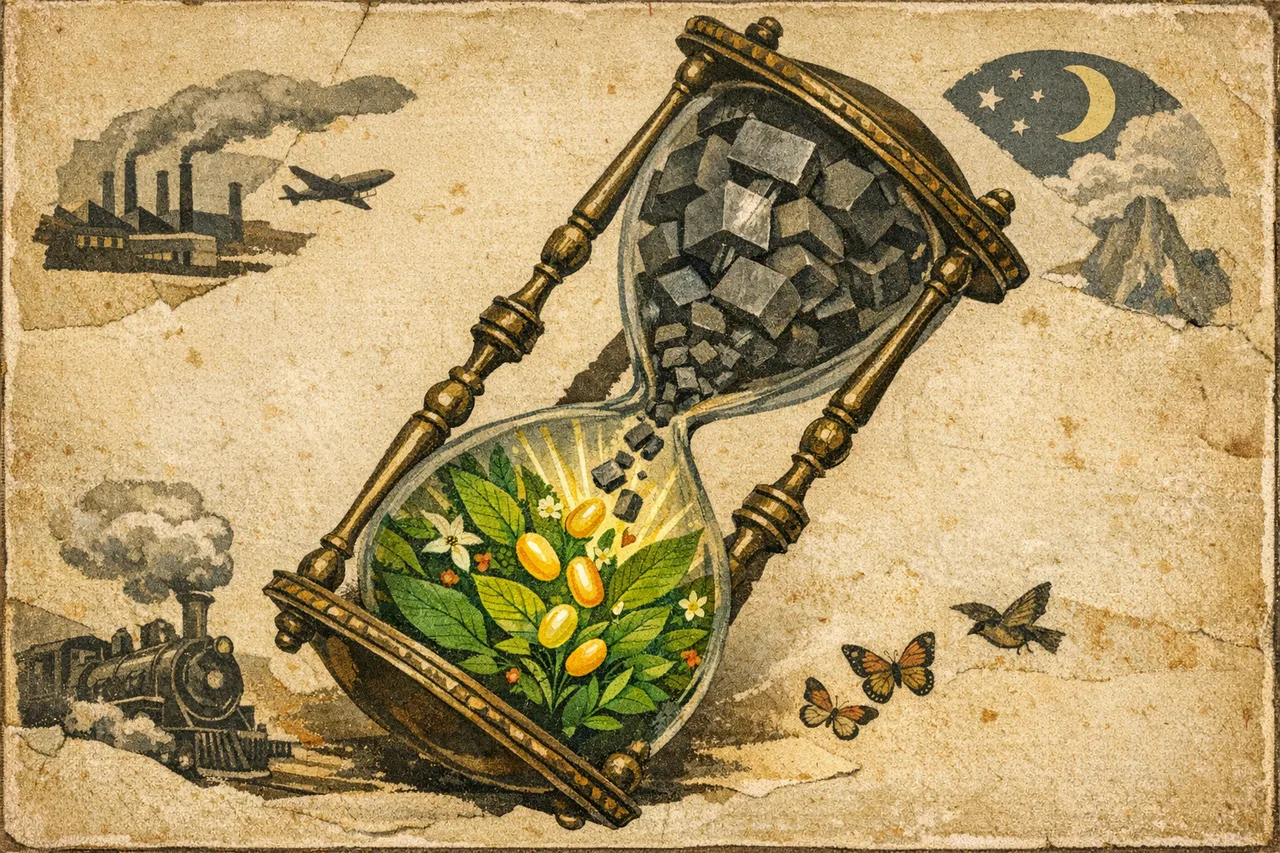
- The native tribe that was at the center of the Mariposa Indian War and suffered the greatest from it was the Miwok tribe of the Ahwahneechee. The Ahwahneechee were related to the tribe of the Kuzedika, who lived near Mono Lake. According to Californian Anthropologist Brian Fagan, California Indian tribes rarely moved from their primary location more than five to ten miles, unless due to a drought when the food supply would become scarce, even the much relied upon acorns. The Kuzedika and the Ahwahneechee had a special relationship, however, they would trade with each other and the Kuzedika would sometimes winter in Yosemite Valley with the Ahwahneechee. California Native Americans were often interdependent on trade and networking with other tribes to adapt to the climatic changes. The valley they lived in was called Ahwahnee which means “Grizzly Bear” and by adding “chee” to the end of it denotes “people.” So this name would refer to them as the “people of the Ahwahnee (Grizzly Bear) Valley” or the “Grizzly Bear People.”
- Teneiya was the Chief of the Ahwahneechee. Their ancestors had left decades prior due to a disease (most likely malaria) which decimated the tribe. Consequently, they migrated and lived among the Mono people. Teneiya connected himself with the lore of the Awhahneechee and cleverly inspired his people to go back to the Ahwahnee Valley to live while he assumed the role of chief. The valley itself was a prime location which according to Bingaman, “Due to its isolated position and the abundance of mountain trout, quail, grouse deer, bear and other game animals, and of acorns, manzanita berries, and other vegetable foods, it supported a large population.” Although abundant and an easier life for those who lived in Ahwahnee, “the quest for food was constant, since they were neither farmers nor herdsman.” They would ritually perform earth renewal rites in the autumn season in hopes of bringing rain to regenerate the plant and animal life. Seasonally, the Ahwahnee Valley becomes dry around August, which can be clearly observed by the famously lavish waterfalls dwindling to a trickle.
- Though most tribes did not have great respect for Teneiya, they did fear the Ahwahneechee as they were reported to be fierce warriors who could effortlessly kill the Grizzly Bear. The Miwoks, according to Sanborn, typically never waged war for “plunder, oppression or honor. Revenge for murder and for death related to trespass was the most common cause.” They seemed to be peaceful unless some external factor interfered in their survival. The Ahwahneechee were closely related to and cordial with the Kuzedika Paiute and other Miwok tribes. Several factors, though uninvited, were thrusted into the lives of the Sierra Miwoks in the year of 1850.
To be continued...
 A stone for grinding acorns into meal
A stone for grinding acorns into meal
You may also like

Business JAN 18, 2026
Why Trump's AI Voice Is Selling Housing Reform
→

Lifestyle JAN 15, 2026
Can a Month Offline Make Life Bigger?
→

Health JAN 13, 2026
Why Did RFK Jr. Flip the Pyramid?
→

Health JAN 8, 2026
Why America's Food Pyramid Just Flipped
→

Health JAN 6, 2026
Why This Winter's Flu Feels So Brutal
→

Health JAN 1, 2026
Why France Wants Kids Off Social Media
→